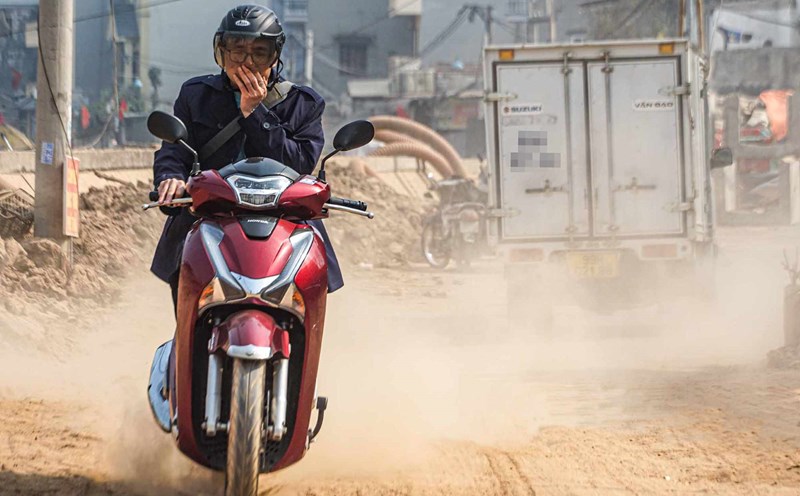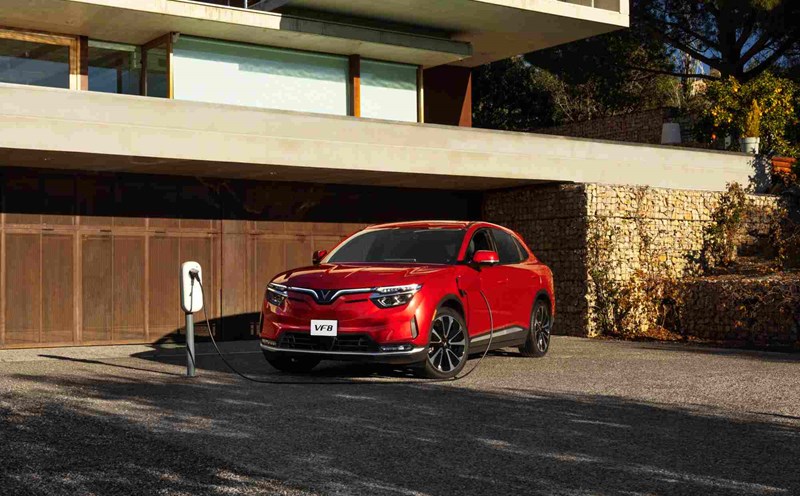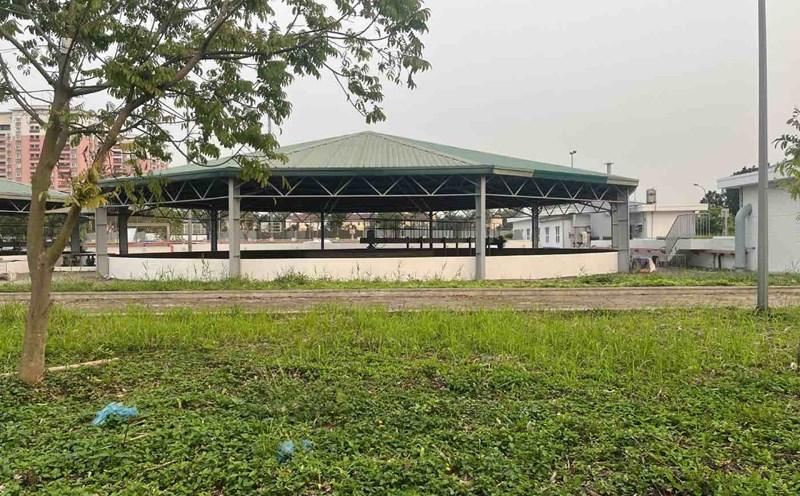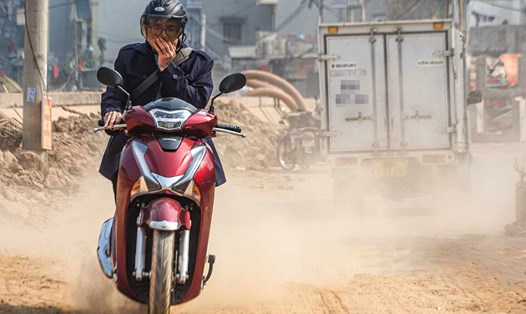Identification for development
Hanoi is the leading locality in the country in developing green transportation. From the first electric bus route (E03), the city has now had 10 electric bus routes operated by Vin bus ecological Services Company Limited with a total of 143 vehicles. After a period of operation, the electric bus has received a positive reception from the people. Service quality is stable, output and revenue indicators both grew compared to the plan. Some routes such as E01, E03 have a high passenger volume, and are among the leading groups in the entire network.
According to the Hanoi Traffic Management and Operation Center, since the first E03 electric bus route (connecting Ocean Park - My Dinh urban area) was put into operation by Vin bus in December 2021, up to now, 10 electric bus routes have served about 100 million passengers, helping to reduce emissions of about 41,000 tons of CO2, equivalent to planting more than 1.9 million trees.
Implementing the green energy conversion program, reducing methane and carbon emissions in the transportation industry, on January 17, Hanoi Transport Corporation (Transerco) piloted the use of electric vehicles by launching three bus routes No. 05, 39, 47.
According to Mr. Pham Dinh Tien, Head of the Operation Planning Department (Hanoi Traffic Management and Operation Center), electric bus routes show high operational efficiency and better service quality than buses using fossil fuels.
Building mechanisms for breakthroughs
Experts say that the biggest difficulty at present is infrastructure and capital. Currently, VinBus is the only unit in Vietnam to operate large-sized electric buses (68 passengers). Meanwhile, new medium and small vehicle lines are in the import research or testing phase and have not been put into mass exploitation.
The development of electric buses requires investment in a centralized charging station system at terminals and depots.This requires the electricity industry to evaluate, plan and upgrade the power supply to ensure stable operation.In addition, the cost of investing and operating electric buses is significantly higher than that of diesel buses.
According to the survey, the price of large electric buses is 3.2 times higher, while medium and small electric buses are 3 - 4.3 times higher than diesel buses with the same capacity.Currently, the depreciation value of vehicles is still calculated according to the current decision of the Hanoi People's Committee, which makes it difficult to attract investment in this type of vehicle.
Journalist Nguyen Ngoc Tien - a researcher in Hanoi - said that vehicles using electricity in Hanoi are still limited. To promote electric buses, there needs to be a synchronous policy to help people see clear benefits to create motivation to change travel habits.
In an interview with Lao Dong Newspaper, Dr. Nguyen Dinh Thao - Lecturer of the Department of Automobile Roads and Airports, University of Transport - said that implementing a green public transport system to replace vehicles using fossil fuels is a reasonable direction. However, this needs to be concretized by clear criteria, including infrastructure, policy mechanisms and vehicle diversification. In particular, it is necessary to consider urban railways as a backbone, combined with large and small buses to ensure a flexible and efficient transportation system.
The Capital Law 2024 has created a legal framework to help clearly define limitations, prioritize the development of low-emission zones and expand green vehicle networks. However, according to Dr. Nguyen Dinh Thao, the implementation of electric buses requires a roadmap, monitoring and practical assessment to make appropriate adjustments. The city needs to have a flexible mechanism, support businesses in operation and encourage people to use green vehicles to achieve sustainable development goals.











